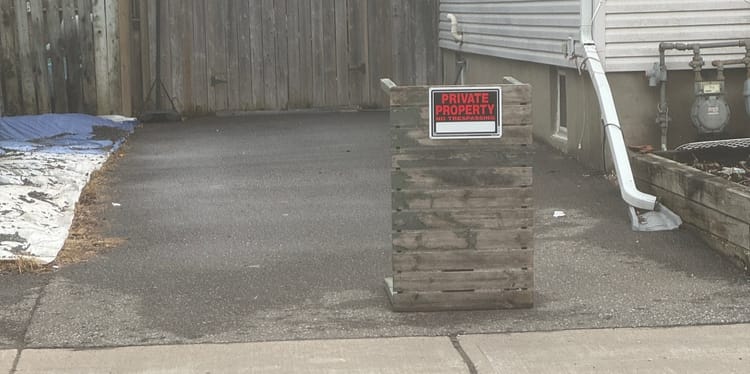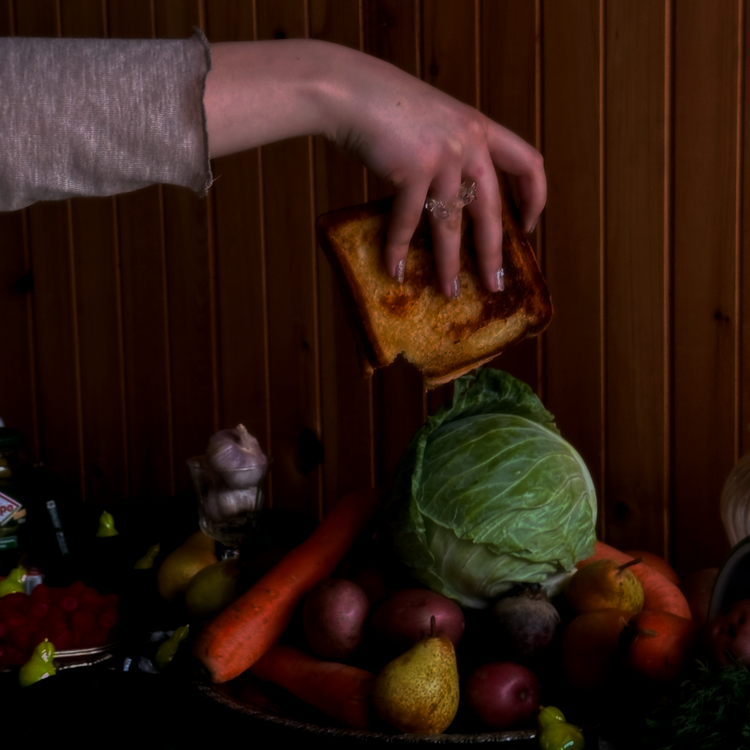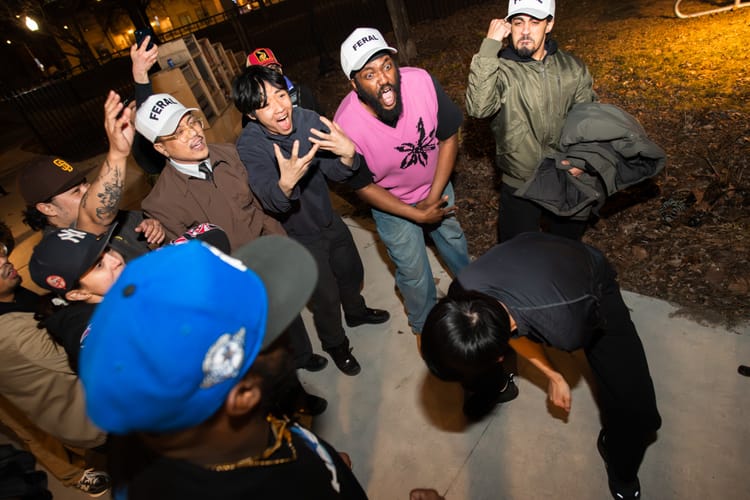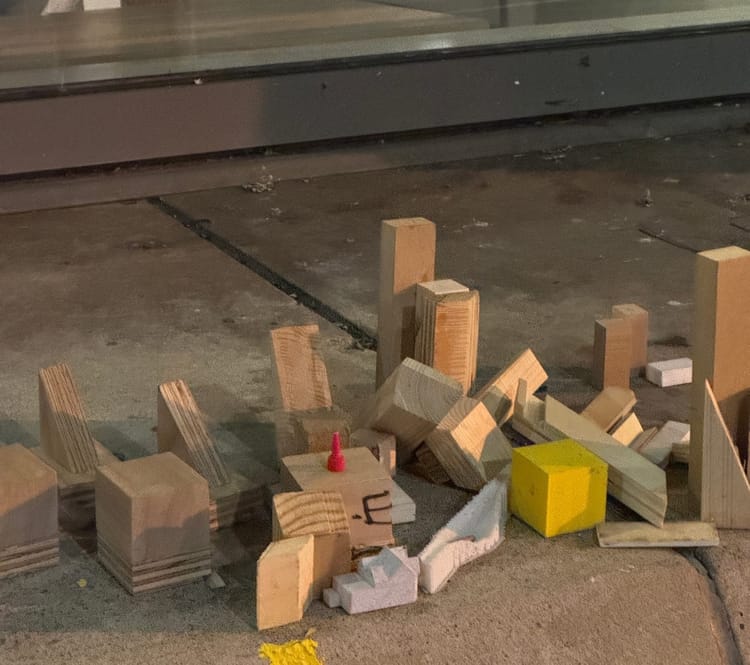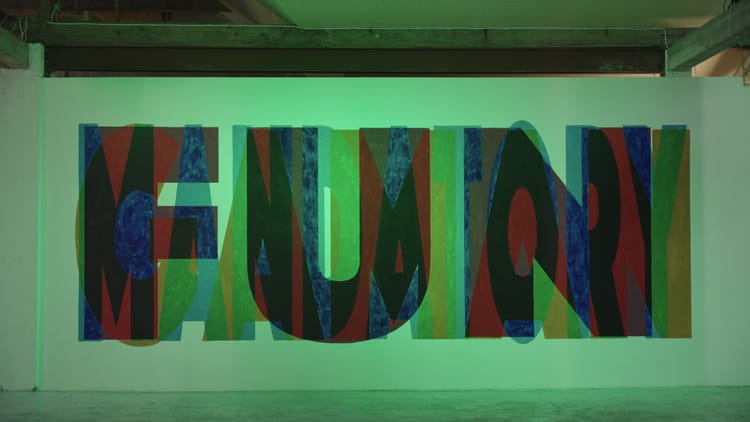Sacrifice, Magic, and Making Life Beautiful
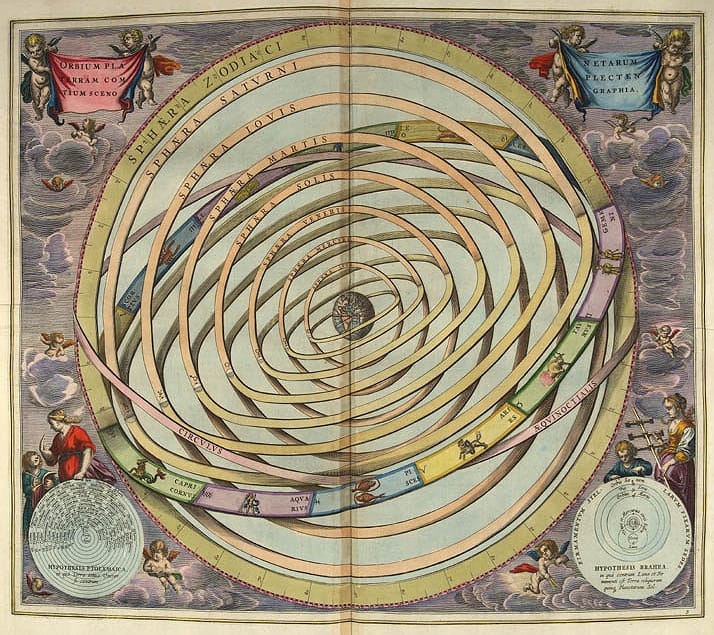
Luisa Ji | Feb 27, 2025 | Dispatch #3
There was a time when sacrifices were made of precious things—Venice in John Ruskin’s writings, haiku in Japanese village shrines offered by rice farmers, songs and dances atop a mountain for a good rain. What was offered embodied a slice of living and efforts to make life beautiful. All of these differ from the images of sacrifice we are presented with today. Yet, in essence, people gave their most precious offerings—time, craft, and the ability to breathe beauty into a form that could be shared, lived, and experienced.
Today, it is difficult to discern what modern culture offers as gifts, let alone sacrifices. Gifts often come with strings attached, and sacrifices are made at the expense of those whose suffering we have learned to tolerate. Taking a few steps back, kindness is often taken as a weakness, and generosity has retributions. In this landscape, what role does art play? How does it navigate the tension between creation, consumption, and value?
This week’s dispatch attempts to make sense of beauty and aesthetic entry points as facilitators of deeper conversations about change.

